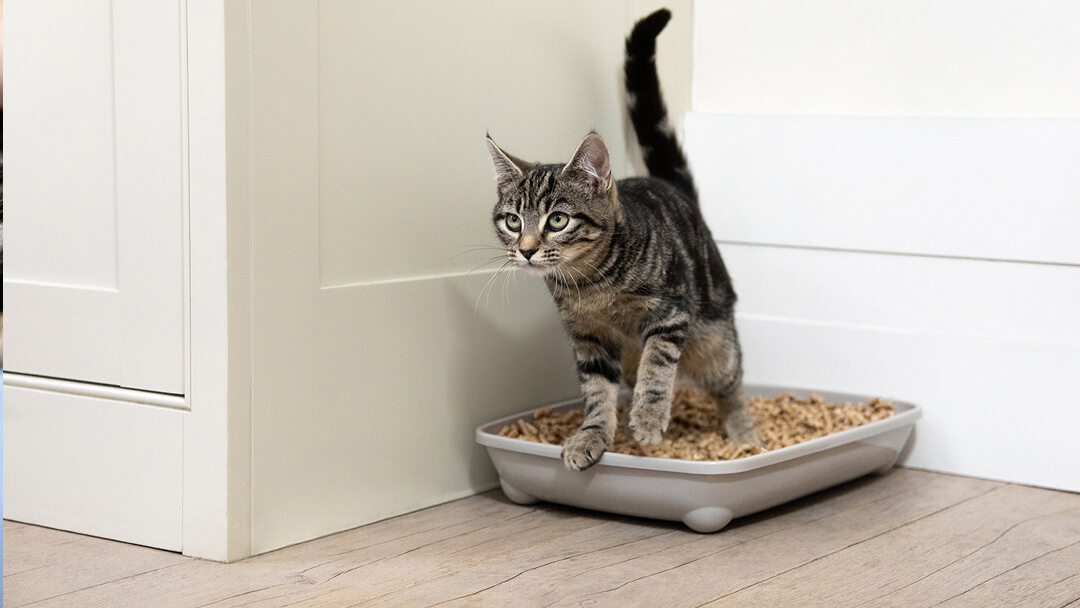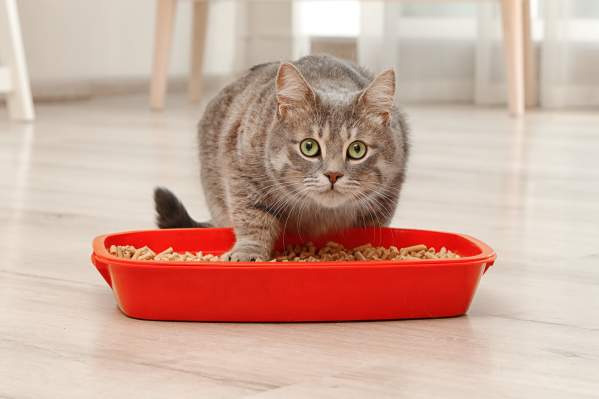Training an older cat to use a litter tray is an important task for any cat owner, as it helps to eliminate any unwanted behavior and keeps your home clean and hygienic. While it may seem like a daunting task, it is completely possible with patience, consistency, and understanding of your cat's needs.
Why is litter tray training important for older cats?
Litter tray training is especially important for older cats, as they may be more prone to developing bad habits or experiencing medical issues that can affect their behavior. For example, an older cat may develop arthritis or other age-related conditions that make it difficult for them to reach or use the litter tray. They may also develop behavioral issues such as stress or anxiety, which can cause them to eliminate outside of the litter tray.
By providing a clean, accessible litter tray and consistently reinforcing good behavior, you can help your older cat to maintain good litter tray habits and eliminate any unwanted behavior. This can help to prevent accidents and keep your home clean and hygienic.
Common mistakes to avoid when training an older cat to use a litter tray
There are several common mistakes that cat owners make when trying to train an older cat to use a litter tray. Here are a few to avoid:
Using the wrong litter: Some cats have preferences when it comes to litter, so it may be necessary to try out a few different types to see which one your cat prefers.
Neglecting to clean the litter tray: Cats are fastidious creatures and they prefer a clean litter tray. Make sure to scoop out the waste daily and completely empty and clean the tray at least once a week. If the litter tray is dirty or full, your cat may be less likely to use it.
Choosing the wrong location: The litter tray should be located in a quiet, private area that is easily accessible to your cat. Avoid placing it near their food and water bowls, as well as high-traffic areas. If the litter tray is located in a noisy or busy area, your cat may be less likely to use it.
Not being patient: Training an older cat to use a litter tray may take some time and patience. Don't get discouraged if it takes a while for your cat to catch on.
Keep reinforcing good behavior and eventually, your cat will learn to use the litter tray consistently.
Tips for success when training an older cat to use a litter tray
Here are some additional tips for training an older cat to use a litter tray:
Choose the right location for the litter trayUse a litter tray with low sides: As cats age, they may have difficulty climbing over high sides or into deep litter trays.
Gradually transition to a new litter tray:
Keep the litter tray clean
Encourage your cat to use the litter tray
Consult with your veterinarian



:max_bytes(150000):strip_icc()/house-trained-cat-sitting-in-kitty-litter-box_t20_lRPpxZ-84dfd403b5b641d2bf16dca5d5ec0d2e.jpg)